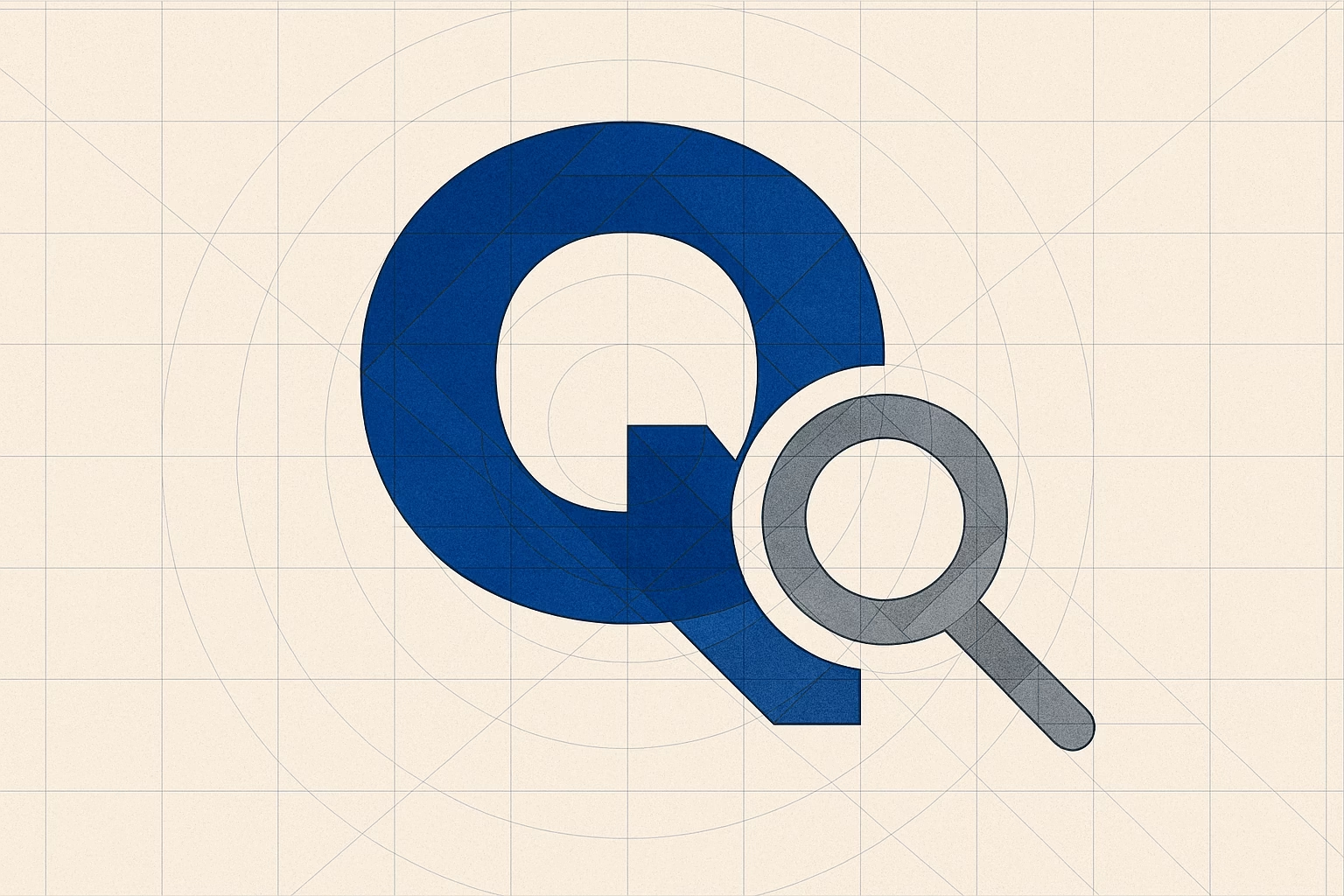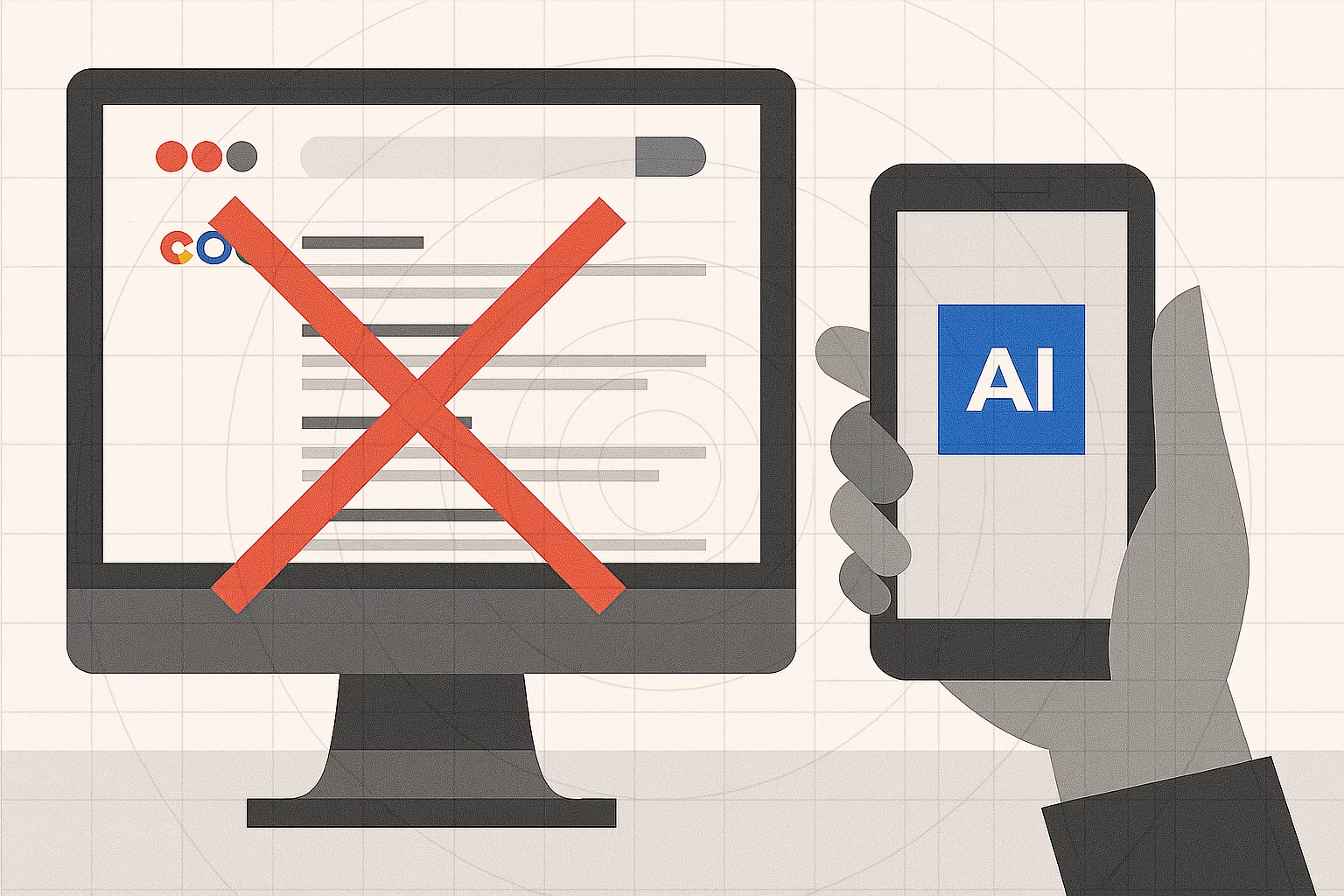The Promise
For decades, flat-rate subscription models delivered a straightforward bargain: pay a fixed fee, consume unlimited value. Users budgeted with certainty and vendors enjoyed predictable income. These classic subscription models forged ecosystems by making platform exits painful. But today’s AI offerings layer usage caps, overage fees and metred billing atop base subscription, and with each surprise charge, users grow ever more inclined to defect to free or rival tools.
Flat-Rate
Subscription billing first won hearts in print media, cable television and early SaaS. Salesforce’s enterprise plans in the early 2000s cemented the idea that bundling features, updates and support under a single monthly price locked in loyalty. By 2023, over 93 per cent of enterprise software was sold via subscriptions, according to Gartner. That “all-you-can-eat” promise minimised churn and kept customers firmly within the platform.
AI Broke the Subscription Mold
Running large language and vision models demands costly GPU and TPU resources at scale. Every chat completion or API call burns compute credits that vendors must cover in real time. To safeguard margins, AI providers added usage tiers or token-based billing on top of base subscriptions. What once felt like unlimited access now resembles a pay-as-you-go marketplace, with power users facing steep overages, as outlined on Lambda Labs’ pricing page.
Eroded Trust
If a vendor already draws a fixed monthly fee, why should users trust them to invest in core features? Customers rightly suspect that subscription inclusions will shrink to drive metred overages. Every surprise billing alert reminds them that the vendor’s incentive lies in pushing them through caps, not in enhancing the subscription package.
User Impact
Unexpected overage charges frustrate teams and prompt many to trial alternative tools. Once users encounter surprise fees, they are far more likely to explore competitor offerings—a direct threat to the loyalty subscription models once guaranteed.
| Model | Pros | Cons |
|---|---|---|
| Flat-Rate | Predictable budgeting; strong customer loyalty | Undervalues power users; margin squeeze |
| Usage-Based | Entry-level fairness; pay for actual consumption | Unpredictable bills; churn at usage cliffs |
| Hybrid | Base predictability plus scalable overages | Complexity; perceived as exploitative |
Real-World Precedents & Emerging Experiments
- AWS Savings Plans
Commit to a minimum spend in exchange for significant compute discounts on AWS services.
https://aws.amazon.com/savingsplans/ - Snowflake Usage Statements
Detailed, itemised monthly breakdowns of compute and storage consumption to help manage and forecast costs.
https://docs.snowflake.com/en/user-guide/billing-usage-statement - GitHub Copilot Business
Per-seat pricing with inclusive usage caps designed to prevent surprise overage fees and maintain predictable budgeting.
https://docs.github.com/en/copilot/get-started/plans
Subscription 2.0
- Generous Tiering Align usage bands to personas so most never trigger overages.
- Credit Rollovers & Loyalty Bonuses Bank unused credits and reward consistency.
- Pooled Team Budgets Enable shareable credits that flex with headcount changes.
- Outcome-Driven Fees Tie cost to delivered business results (e.g. revenue-generating API calls).
- Transparent Usage UX Embed real-time dashboards, alerts and spend forecasts in-product.
AI subscription models should foster trust—vendors promise value, users pay a known price, and both stay committed. Hybrid plans that graft metred billing onto flat subscriptions fracture that trust, replacing predictability with suspicion. By embracing generous tiers, rollovers, pooled budgets, outcome alignment and transparent UX, product teams can revive the original subscription pact and keep customers engaged for the long haul.
AI Subscription Models – Q&A’s
What defines AI subscription models?
AI subscription models encompass the various ways users pay for AI services, from traditional flat-rate plans to hybrid approaches combining subscriptions with usage-based charges.
Why do hybrid pricing models feel exploitative to users?
When vendors earn both guaranteed subscription revenue and additional overage fees, users suspect that core features might be deliberately constrained to drive additional charges, undermining the trust relationship.
How do usage caps drive customer churn in AI subscription models?
Unexpected billing increases prompt users to explore alternative AI tools, often with minimal switching costs, risking permanent migration away from the original platform.
What alternative AI subscription models exist?
Emerging models include generous tier structures, credit rollover systems, pooled team budgets, outcome-driven pricing, and transparent usage dashboards designed to balance predictability with fair usage-based costs.
How can companies rebuild customer trust in AI subscription models?
Focus on transparency, generosity, and value alignment by setting reasonable usage limits, providing clear consumption visibility, enabling flexible resource sharing, and tying pricing to customer outcomes rather than raw computational usage.





